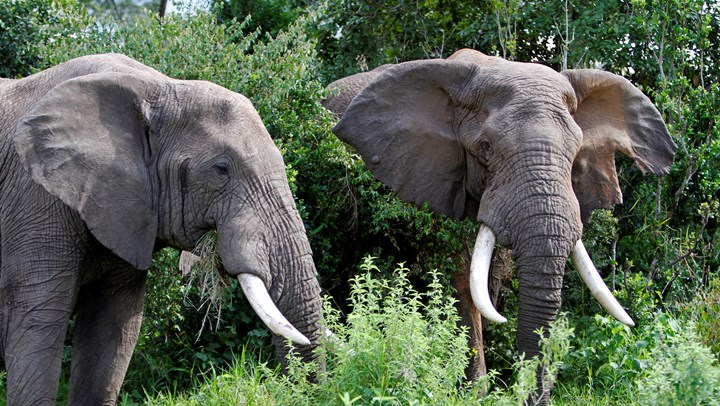
by Karen Mehall Phillips - Monday, August 28, 2017

Who remembers this NRAHLF.org article from Apr. 30, 2016, asking, “How many elephants does it take to create a pyre of ivory in excess of 100 tons? Ask Kenya, which today burned 105 tons of confiscated illegal ivory tusks, ivory products and rhino horns in the capital city of Nairobi in what is said to be the largest ivory burn in world history.” As for what could possess someone to light the match, Kenyan wildlife officials claimed the act would deter poaching. If that reasoning made you scratch your head, you weren’t alone. Fortunately, not all African nations are without common sense as in May 2017, Tanzania went on record to say it is keeping its confiscated ivory for science.
According to the weekly publication The East African, the elephant conservation group Okoa Tembo wa Tanzania had been pressuring the Tanzanian government to burn its 118-ton stockpile of ivory—estimated to be worth $230 million—currently being stored in a guarded strongroom in the major port of Dar es Salaam.
“Our position is clear, that, we are keeping them for scientific research to detect diseases that attack our elephant population through DNA tests carried out on these tusks,” said Professor Jumanne Maghembe, minister of Natural Resources and Tourism. He added that the tusks will help researchers to determine the biological development of elephants through DNA observations and provide for studying the life of elephants in different environments.
Ignoring the fact that research is a far more positive use of an ivory stockpile, last year’s elephant ivory and rhino horn burn in Kenya was one of many since 1989 when the country conducted its first burn to send a global message against poaching. Unfortunately, poaching remains profitable and criminals, by definition, do not follow the law.
E-mail your comments/questions about this site to:
[email protected]
Proudly supported by The NRA Foundation and Friends of NRA fundraising.
